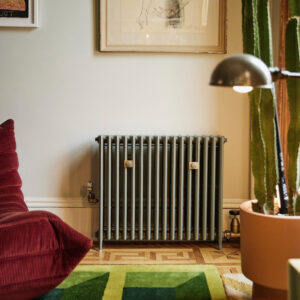This majestic Beaux Arts apartment building resides on West 93rd Street, in one of Manhattan’s grandest neighbourhoods.
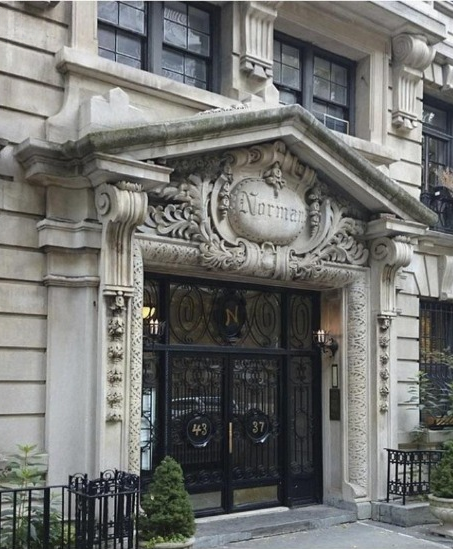
Built in 1910, it tells a story of how Gilded Age New Yorkers came to embrace apartment living (with the help of some shiny mod-cons) and how one ambitious property developer foresaw the gentrification of the Upper West Side.
At the turn of the century, luxury ‘apartment houses’ like The Dakota (pictured below) were springing up around the southern end of Central Park. Boasting elevators, telephones and steam heat alongside wrought-bronze staircases, porcelain bathtubs and floors inlaid with mahogany, they offered a level of comfort and convenience beyond even the finest private home. Although new to the concept of apartment living, the moneyed classes were smitten.
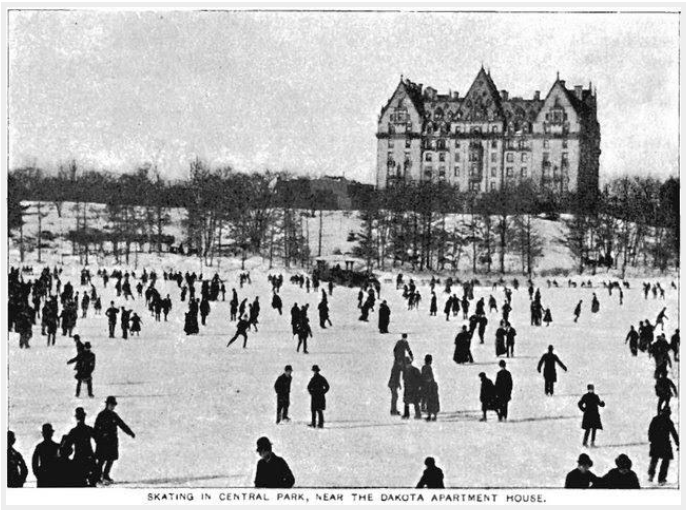
New York’s first luxury apartment house was The Dakota built in 1880 on Central Park West between 72nd and 73rd Streets. Among some of the earliest constructions on the undeveloped West Side plateau, The Dakota paved the way for upper crust New Yorkers to give up their private houses in favour of multiple-family mansions. While The Norman is typical of this Upper West building trend, its location set it apart from the rest. By 1910, blocks of these chic ‘French flats’ had spread further up the western edge of Central Park. As a rule, however, no well-to-do New Yorker would dream of living above 86th Street.
All the way up on 93rd, The Norman broke new ground. Property developer Julius Tishman recognised the momentum of the city in that era, soaring ever higher in size, wealth and sophistication. Taking lavish apartments further north, he speculated that this tidal wave of gentrification was not likely to stop at 86th Street.
From the ‘wrong’ end of town to the World Trade Centre

Julius Tishman was a Polish immigrant who started out in the real estate business in 1898 after saving enough money to buy the tenement building that he lived in with his family. By 1910 he had amassed more tenements in lower Manhattan and was ready to progress from small-time landlord to upscale property developer.
The Norman was his first venture into luxury apartments and his shrewd decision to locate it at the ‘wrong’ end of the Upper West cemented his future and shaped the neighbourhood we know today.
Over the next decade, Tishman made his fortune building high-end apartments above 86th Street. In the 1970s, with his sons and grandsons at the helm, Tishman Realty & Construction Co. were contracted to build Madison Square Garden and the Twin Towers. Now in its 125th year, the firm is still family run.
“All the product of an unstinted expenditure”
Advertising for The Norman, published in The New York World’s 1910 album of the city’s “Principal High Class Apartment Houses”, describes a vestibule “finished in rich imported marble with mosaic floors”, “parlours with elaborate chandeliers, casement doors and consoles”, “dining rooms finished in rich oak”. Every convenience was considered with mail chutes on each floor, “extra lavatories between chambers” and “ventilated garbage closets”!

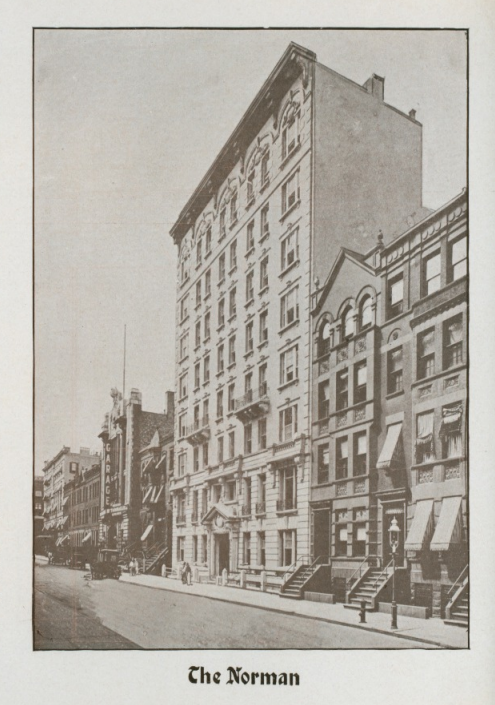
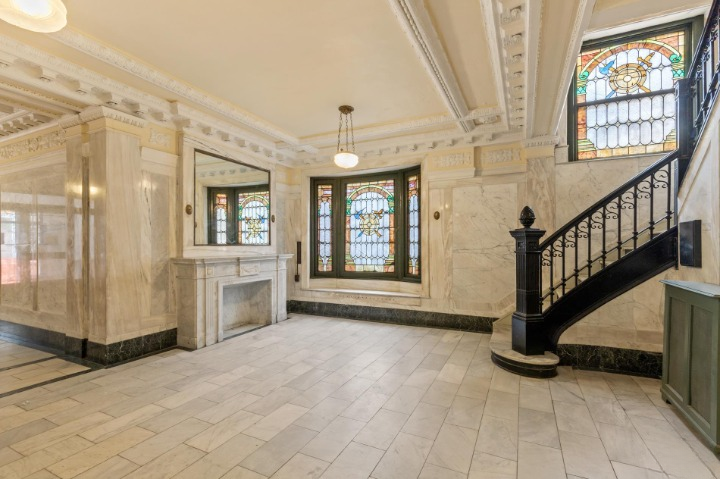
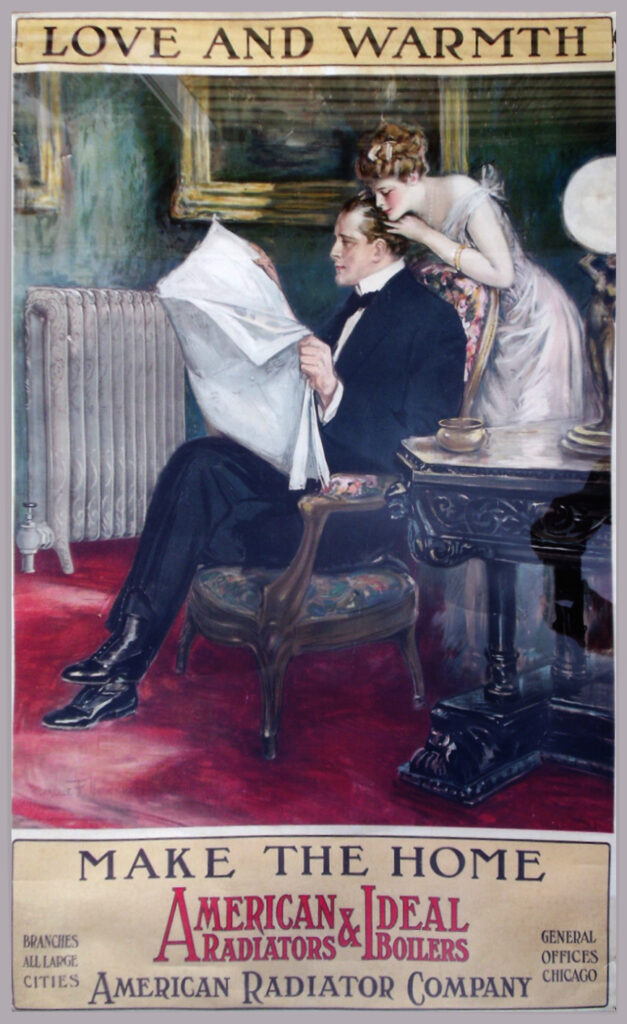
Amenities and “sanitary fixtures” were plentiful and suitably high-tech for the era – the latest gas and electric appliances, glass-lined refrigerators, “flushometres (to do away with the noise of rushing water)”, local and long distance telephone, steam heat and “noiseless electric elevators” operated day and night by uniformed attendants.
Alongside its other mod-cons, the building was fitted throughout with Rococo steam radiators produced by The American Radiator Company. ARCo radiators were a high-end, high-tech piece of equipment: a must have status symbol for any well-heeled, modern-minded city dweller.
Opulent heating for an opulent home
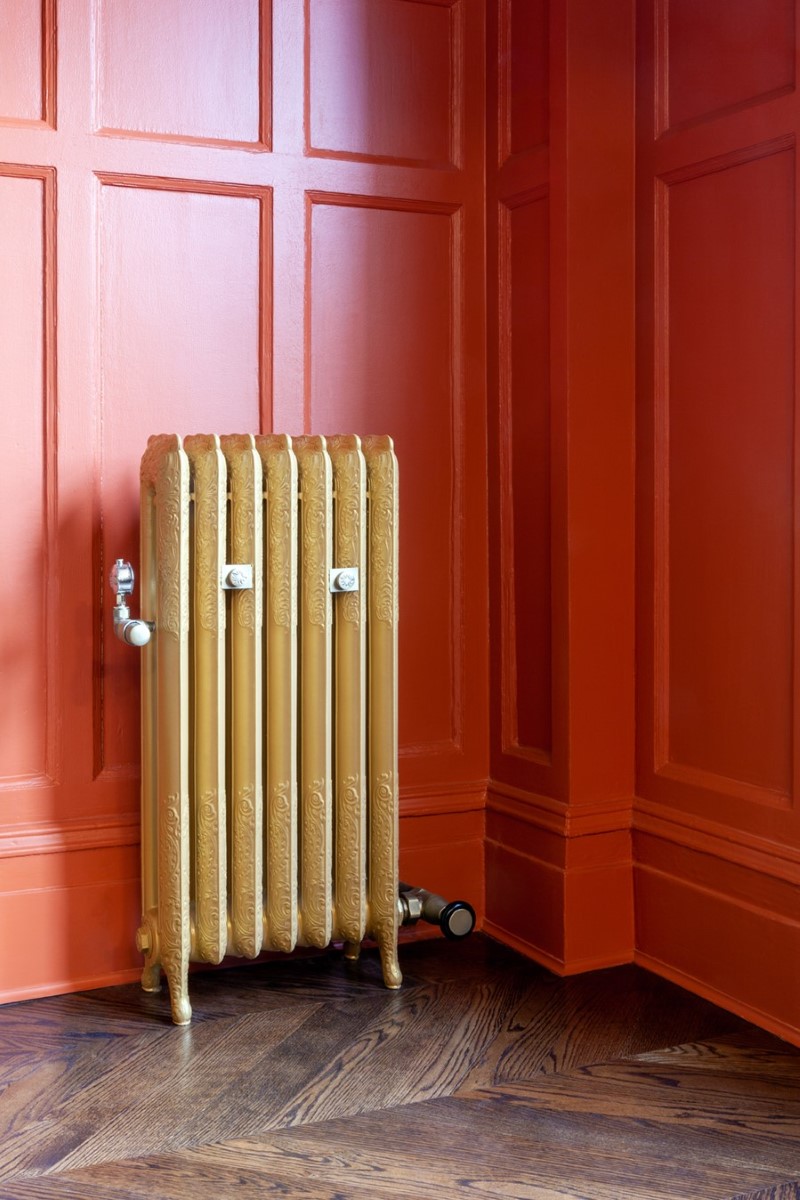
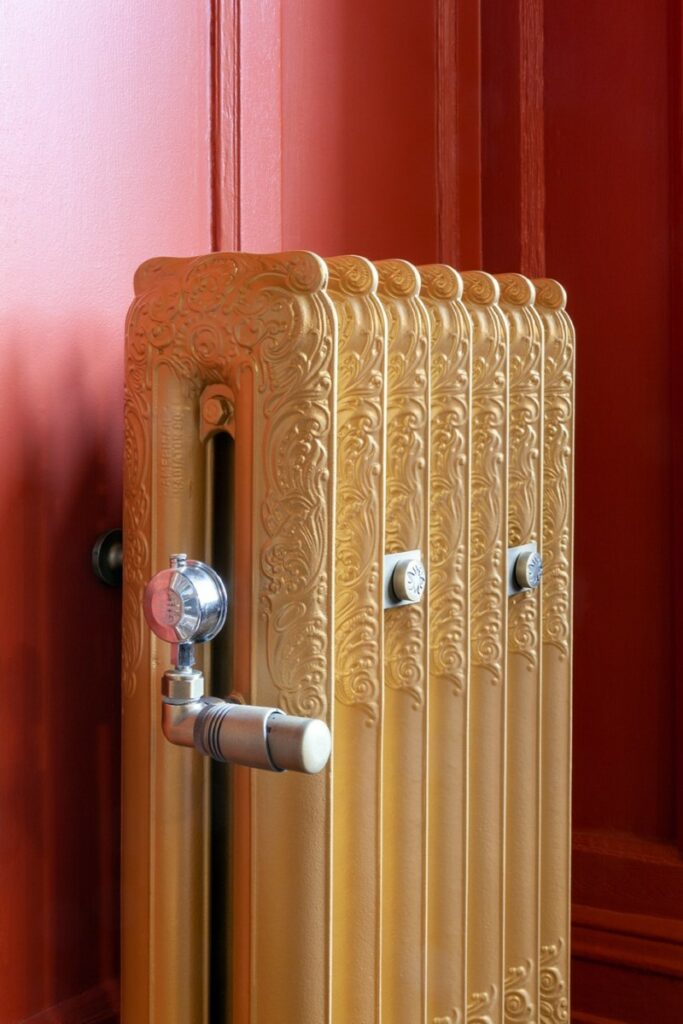
The owners of one top-floor apartment have channelled the old world opulence of The Norman’s gilded past in their recent home renovation project. Their interior design influences, made clear by a combination of dark wood floors, ornate carpets and plush textures, included Gramercy Hotel’s intimate cocktail lounge, The Rose Bar, and the sumptuous Hotel Costes in Paris.
An emphasis on original features underpins each room. They reinstated decorative plaster ceiling roses and had Castrads carry out a full restoration on three of the apartment’s 113-year-old ornate radiators.
Find out more about our restoration service
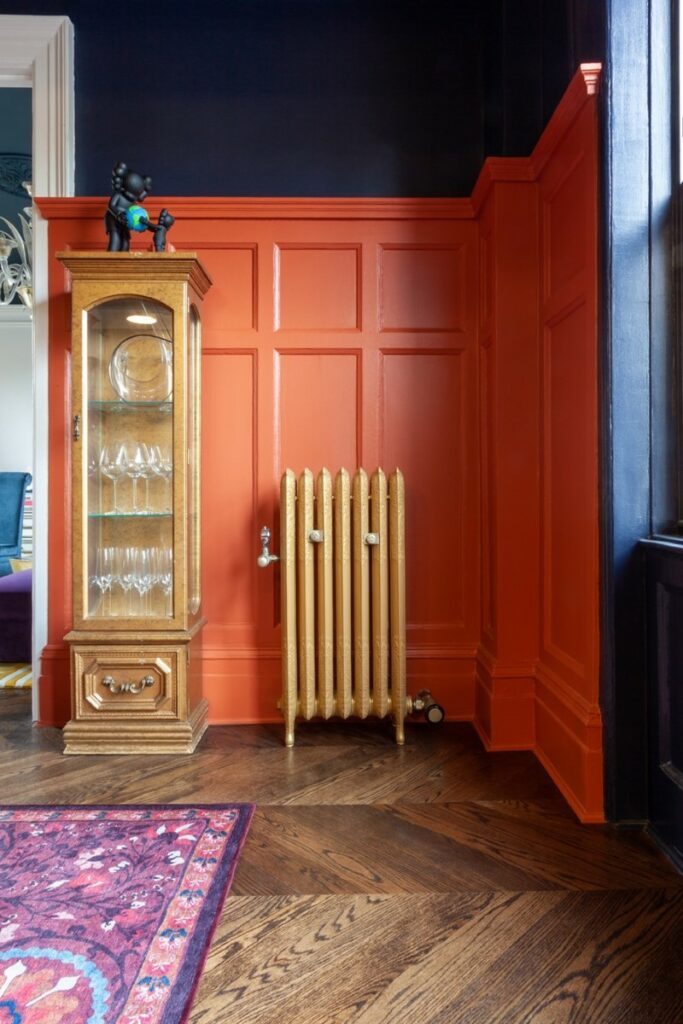
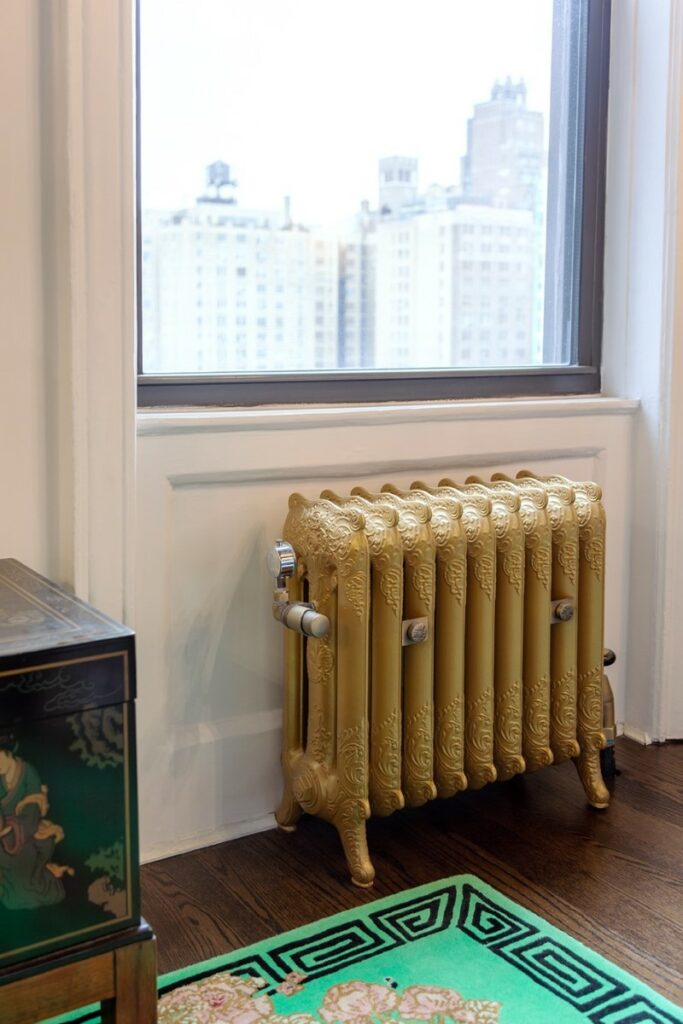
Lavish detail on the radiators delights in its new ‘Goldtastic’ powder coat finish, while high-contrast colour blocking on the walls showcases the original oak wainscoting. The overall feel is fresh and current yet grounded in the grandeur of the Gilded Age.
Jayson Branch-Daza, who runs our Manhattan showroom, visited to consult on the apartment’s historic heating setup. This ornate radiator model dates from 1897. Decorative filigree and scrollwork is a feature of early cast iron radiator design and The American Radiator Company produced some of the most impressive cast iron ornamentation on the market at the time.
We love how our customer chose to reposition the radiators, treating them as key structural furnishings.
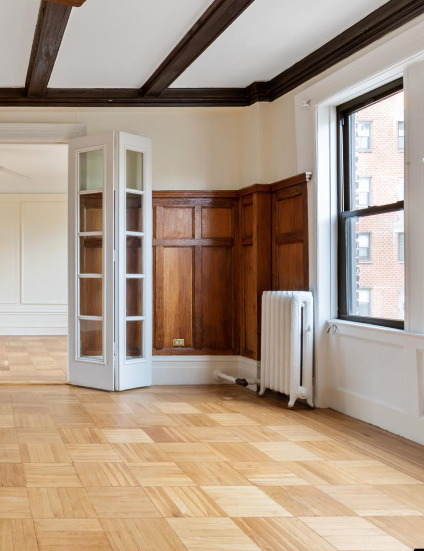

Before and after
Repositioning this vintage Rococo radiator makes for much tidier pipework and a beautiful pairing of the ornate metalwork in gold against the original oak wainscoting in vibrant orange.


Before and after
This low level Rococo was moved to sit squarely below the window. Moving steam pipes is easier than you might imagine, especially when floors are being lifted as part of renovation work.
Old world meets new world
The bathroom was without heating, so as part of our at-home consultation we carried out heat loss calculations and measured up for a new Rococo I 660mm. Based on the original ARCo design, our Rococo harmonises well with its antique counterparts. Our whole collection of cast iron radiators is derived from historical designs and combines easily with restored originals.
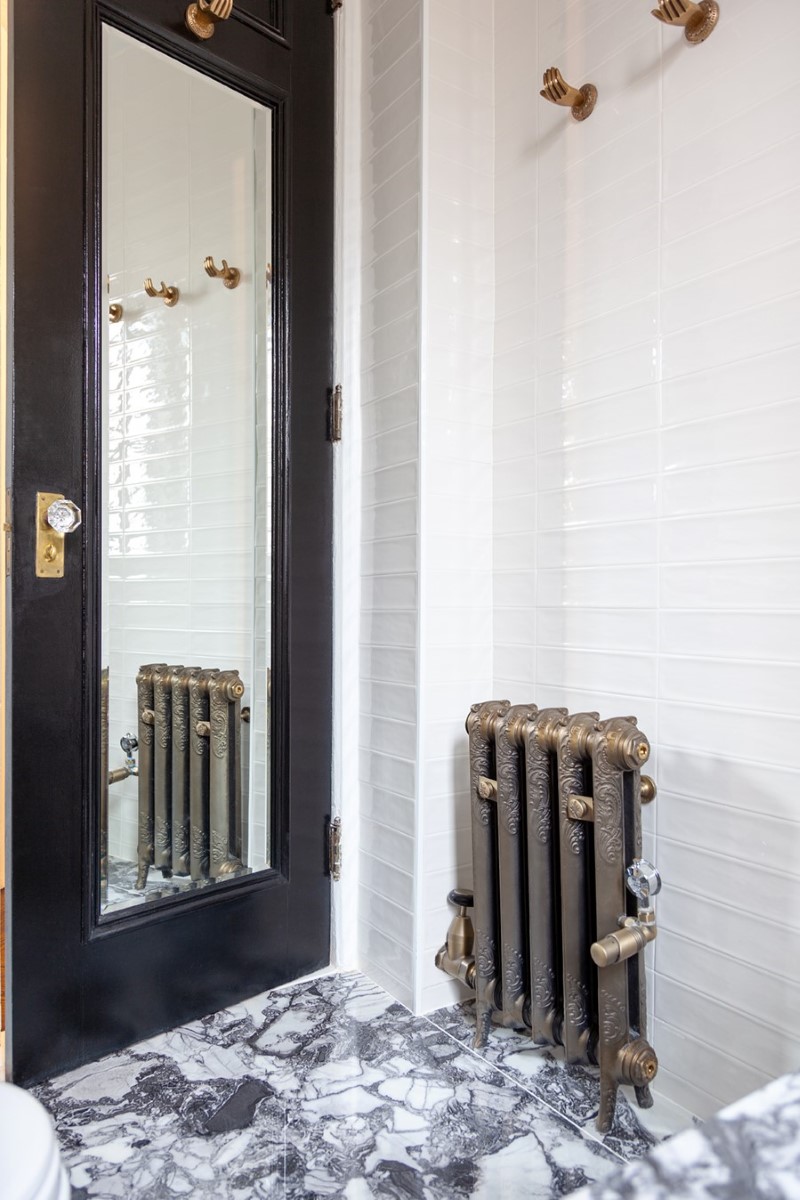
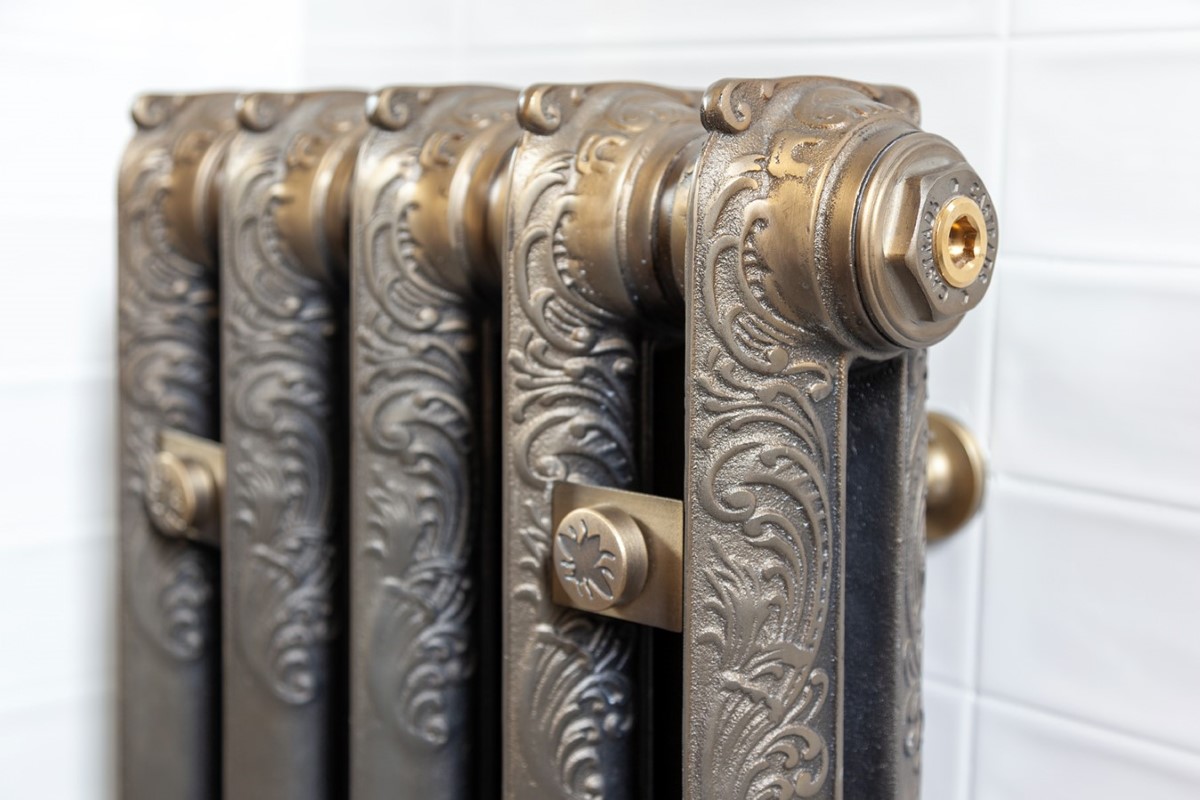

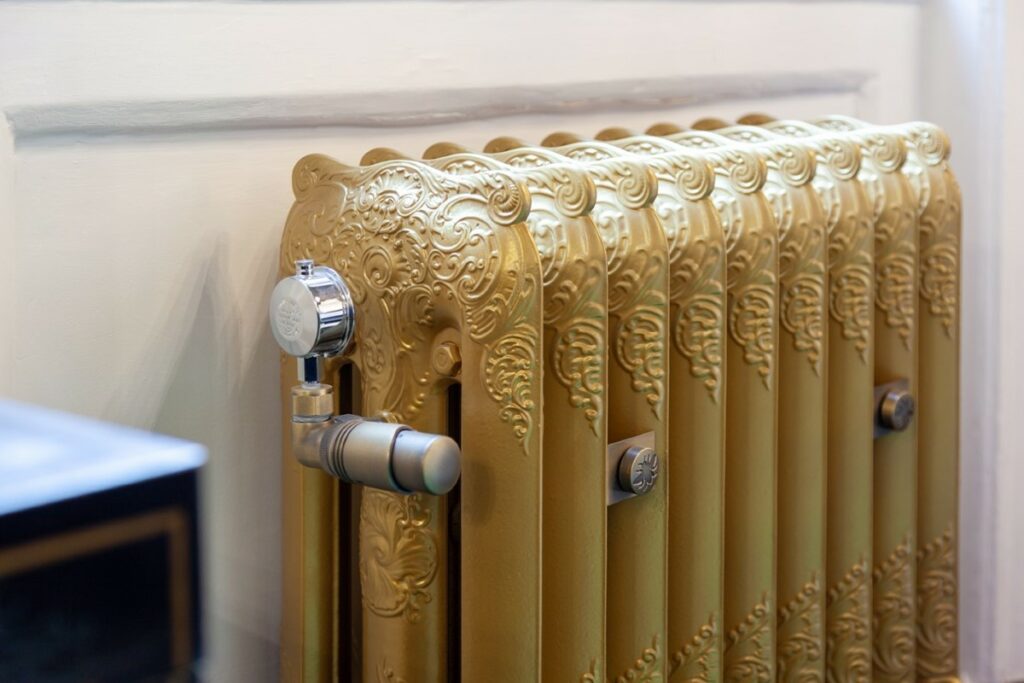
Our customer also opted to add Niva One-pipe Steam TRVs to the system, bringing automatic temperature control and modern efficiency to the century-old radiators. With our range of traditionally-styled valves, matching escutcheons and wall stays, you can preserve your piece of heating history and give it the spotlight it deserves.
If you would like some guidance on resizing, repositioning or adding temperature control to your steam heat system, don’t hesitate to get in touch. We offer at-home consultations across most of the NYC metro area, across Greater London and Greater Manchester in the UK and within 300km of our newest base in Zgorzelec, Poland.

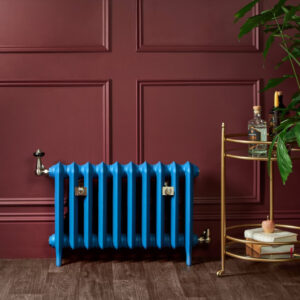
-300x200.jpg)


